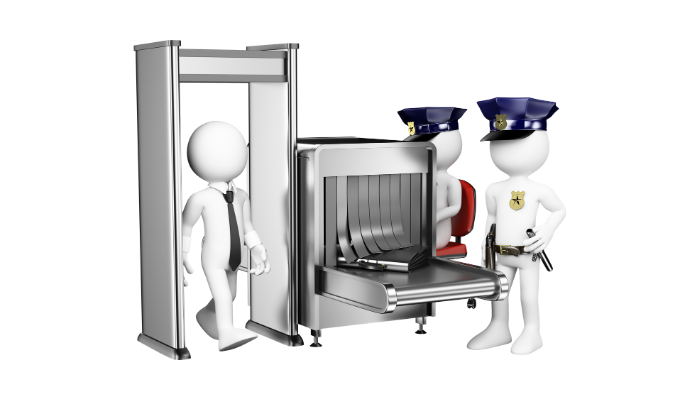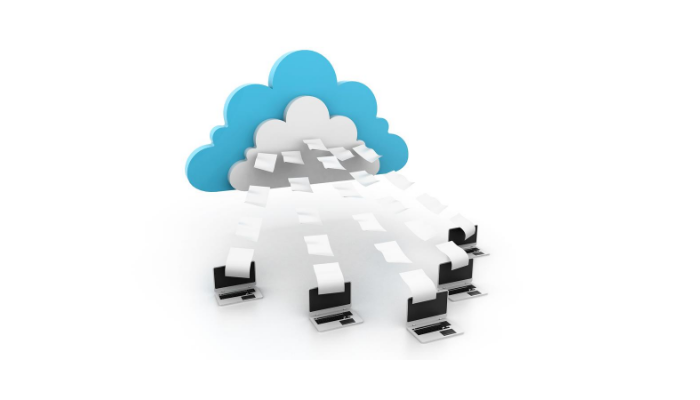 When it comes to remote access solutions, you may be looking for solutions that come equipped with features that can strengthen the security of your organization.
When it comes to remote access solutions, you may be looking for solutions that come equipped with features that can strengthen the security of your organization.
Unfortunately, a lot of these remote access solutions like business VPNs and remote desktop software don’t always come with the best security functions.
Whether you’re looking to meet compliance standards or concerned about sensitive data and records leaking to malicious actors, your organization can benefit significantly with access controls.
By applying granular controls, you limit the scope of threats by prohibiting access to a certain individual or group, which is what access control is all about.
Doing so can greatly reduce an attacker’s ability to move freely through your network. Because access control works differently from a VPN, any infrastructure port exposure is minimized, and thus threat risks are lowered.
Furthermore, the great thing about this kind of solution is that you can seamlessly integrate it with any existing security solution you may already be using, such as password management systems, network tools, and other SIEM software.
Let’s explore further why having access controls is a good thing.
Granular Access Controls and Permissions
By managing privileged users, you can reduce cyberattacks. How? By granting different access levels to your employees, you ensure that you’re only giving the highest permissions to those who need it. Depending on your access control system, you can also restrict access to individual computers or networks so only trusted persons can get to them.Even if some kind of cybersecurity incident occurs, you are able to see who requested access during the specific time of the incident to see which account was compromised.
User Authentication Requirement
Authorization (access controls) and authentication go hand in hand for secure remote access. Defined as a “process by which a system verifies the identity of a user who wishes to access the system,” authentication takes care of the security aspect of access control as it’s based on the identity of the individual who requests access to a file.In many cases, organizations will choose also to enable two-factor authentication to improve security since user ID/passwords can be cracked by hackers. An added layer means users are required to provide a second authentication factor.
Hybrid Work Environments
 Security experts are typically in a disagreement over how access control should be enforced. With the COVID-19 pandemic widespread, many organizations are implementing remote working environments or hybrid environments, which means data is constantly moving from home offices to perhaps locations with open Wi-Fi. This makes access control difficult for organizations to enforce. Furthermore, the potential diversity of devices within an organization such as mobile phones, personal PCs, and even IoT devices can present a challenge. Therefore, if your organization is enabling hybrid work environments, your organization should follow the best practices for remote access security.
Security experts are typically in a disagreement over how access control should be enforced. With the COVID-19 pandemic widespread, many organizations are implementing remote working environments or hybrid environments, which means data is constantly moving from home offices to perhaps locations with open Wi-Fi. This makes access control difficult for organizations to enforce. Furthermore, the potential diversity of devices within an organization such as mobile phones, personal PCs, and even IoT devices can present a challenge. Therefore, if your organization is enabling hybrid work environments, your organization should follow the best practices for remote access security.
Best Practices For Access Control
Many times organizations will resort to using a business VPN to enable remote access for employees. For strengthened security measures, organizations may need to implement network access controls that involve endpoint and user authentication. While a VPN may be able to provide extended safety measures to allow your employees access files or data remotely, a hacker can gain access to your network and introduce viruses and malware. If these are legitimate concerns for your organization, consider business VPN alternatives.Your policies for using computer systems should outline the hierarchy of access or availability. They should include guidelines for access privileges, authentication, access hierarchy, third-party protection, and hard and software configuration standards for remote access. This way, your organization stays ahead of any potential cyber risks and better manages your remote workforce.





